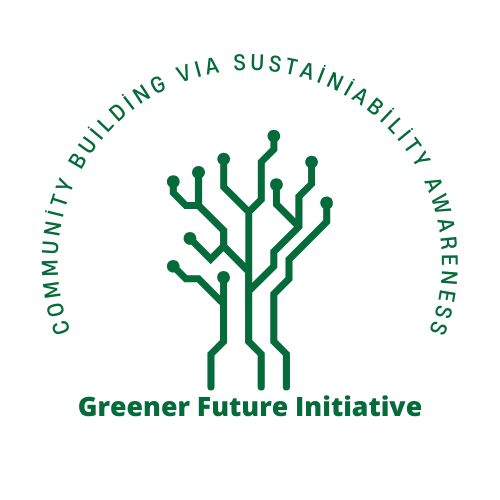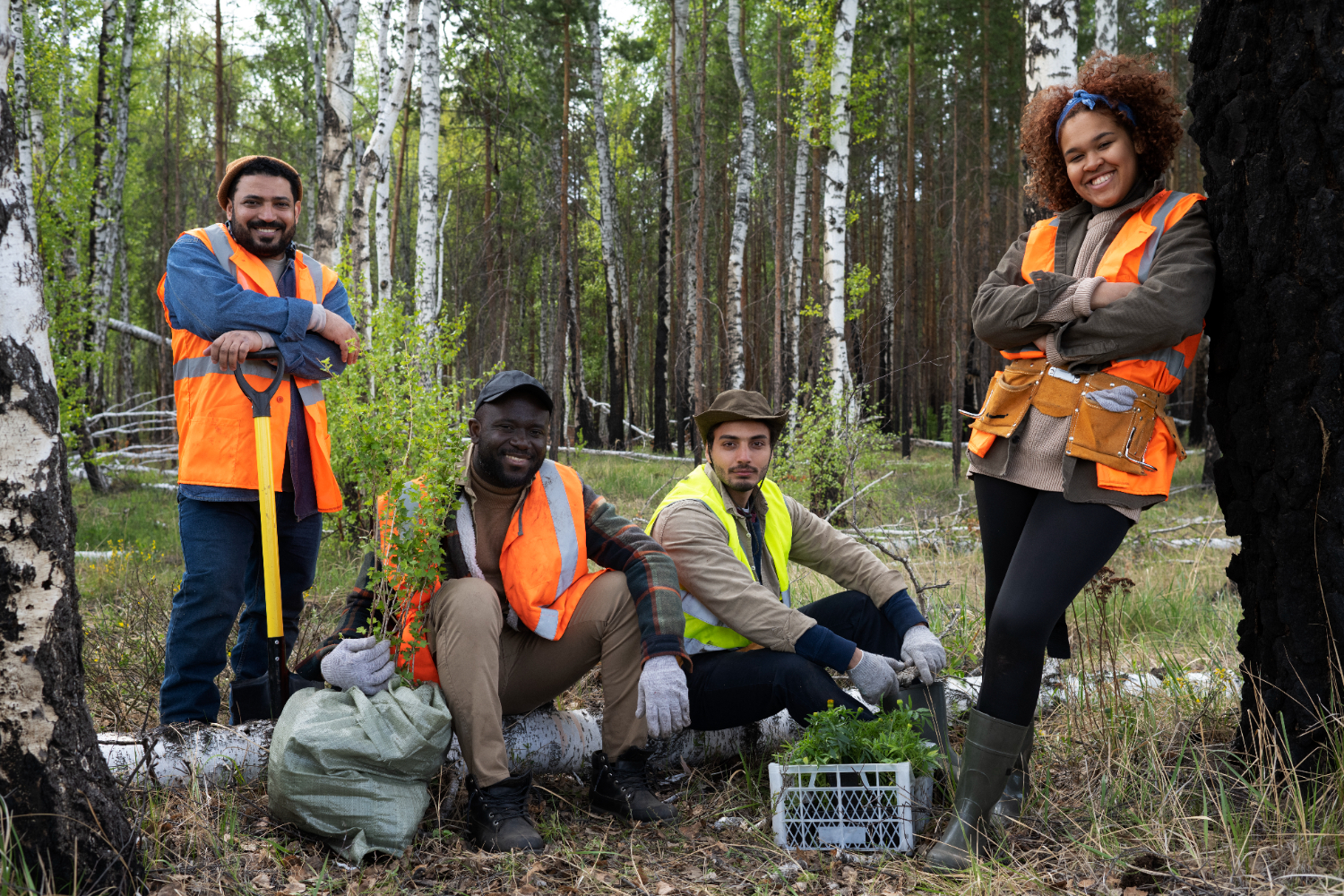Now and then, we hear about environmental disasters affecting all aspects of life on our planet.
Our planet, Earth, is a remarkable home; it is home to every living creature. It is teemed with diverse ecosystems, breathtaking landscapes, and a delicate balance that supports life. However, human activities are pushing this balance to its limits. Man’s activities have caused serious damage to the planet. This has led to vices such as environmental disasters that threaten the survival of countless species—including our own.
So, how do our everyday lives and activities affect the world we live in? And how can we as humans resolve these crises we created?
This article delves into how human actions are driving environmental degradation and what can be done to mitigate the crisis.
The Impact of Human Activities on the Environment
Here’s a look at some of the human activities endangering our ecosystem:
1. Deforestation
We are losing our forests.
Forests are often referred to as the lungs of the Earth. This is because they absorb carbon dioxide and in turn provide oxygen for us to breathe in. Yet, large-scale deforestation, driven by agriculture, logging, and urban expansion, is destroying these vital ecosystems.
The loss of forests not only contributes to climate change by releasing stored carbon but also leads to habitat destruction. The downside of the effect is that it threatens countless species with extinction.
2. Pollution
Human activities have introduced massive amounts of pollution into the environment. From plastics in oceans to chemicals in rivers, air pollution from factories, and noise pollution from urban areas, every element of nature is affected.
Plastic waste, in particular, has become a global crisis, choking marine life and disrupting ecosystems.
3. Climate Change
Another negative impact of human activities can be witnessed in climate change.
Burning fossil fuels for energy and transportation has released unprecedented levels of greenhouse gases into the atmosphere. The result is rising global temperatures, melting polar ice caps, and erratic weather patterns.
In addition, floods, droughts, and hurricanes are becoming more frequent and severe. These have a more direct impact on human and animal lives.
4. Overconsumption of Resources
Resources are scarce and hence need to be utilized maximally. However, this is not the case.
Human consumption patterns are unsustainable. For instance, overfishing is depleting marine populations. Mining operations are destroying our landscapes, thereby exposing us to more environmental hazards.
Moreover, the demand for goods is exhausting natural resources. This relentless exploitation leaves little room for ecosystems to regenerate.
5. Loss of Biodiversity
The combination of habitat destruction, pollution, and climate change has resulted in a rapid loss of biodiversity. Plants, animals, and microorganisms that play essential roles in maintaining ecological balance are disappearing at alarming rates.
The long-term consequences are food security, medicine, and ecosystem stability.
Consequences of Environmental Disasters
The degradation of the environment has far-reaching consequences for life on Earth. For one, rising sea levels threaten coastal cities and displace millions of people. Secondly, air and water pollution lead to severe health issues, including respiratory problems and waterborne diseases.
Also, the loss of biodiversity disrupts food chains, making ecosystems more vulnerable to collapse.
In economic terms, environmental disasters cost billions of dollars annually in damages, cleanup efforts, and healthcare expenses.
The Path to a Sustainable Future
Although the situation is dire, there is still hope. Humanity has the knowledge and technology to reverse many of these damaging trends.
Here’s how we can contribute to a more sustainable future:
1. Transition to Renewable Energy
Switching to renewable energy sources like solar, wind, and hydroelectric power can significantly reduce greenhouse gas emissions. Governments and businesses must prioritize clean energy projects while phasing out fossil fuels.
2. Reforestation and Conservation
Planting trees and protecting existing forests are crucial steps in combating climate change and preserving biodiversity. Community-led conservation programs can help restore degraded ecosystems and safeguard endangered species.
3. Sustainable Practices
Adopting sustainable practices in agriculture, fishing, and industry can minimize environmental impact. This includes using organic farming methods, enforcing fishing quotas, and reducing waste in production processes.
4. Reducing Waste
Individuals and organizations must embrace the principles of reduce, reuse, and recycle. Limiting single-use plastics, promoting composting, and supporting a circular economy can significantly cut down on pollution.
5. Global Collaboration
Tackling environmental disasters requires coordinated efforts on a global scale. International agreements like the Paris Climate Accord must be upheld, and countries must work together to share resources, knowledge, and technology.
A Shared Responsibility
The environmental challenges we face are a direct result of human actions, but they are not irreversible. We all have a shared responsibility to protect our planet. This is a fact that needs to be recognized and acknowledged.
Together, we can take meaningful steps towards a healthier, more sustainable world. Now is the time to act, for the sake of our planet and the generations yet to come.

